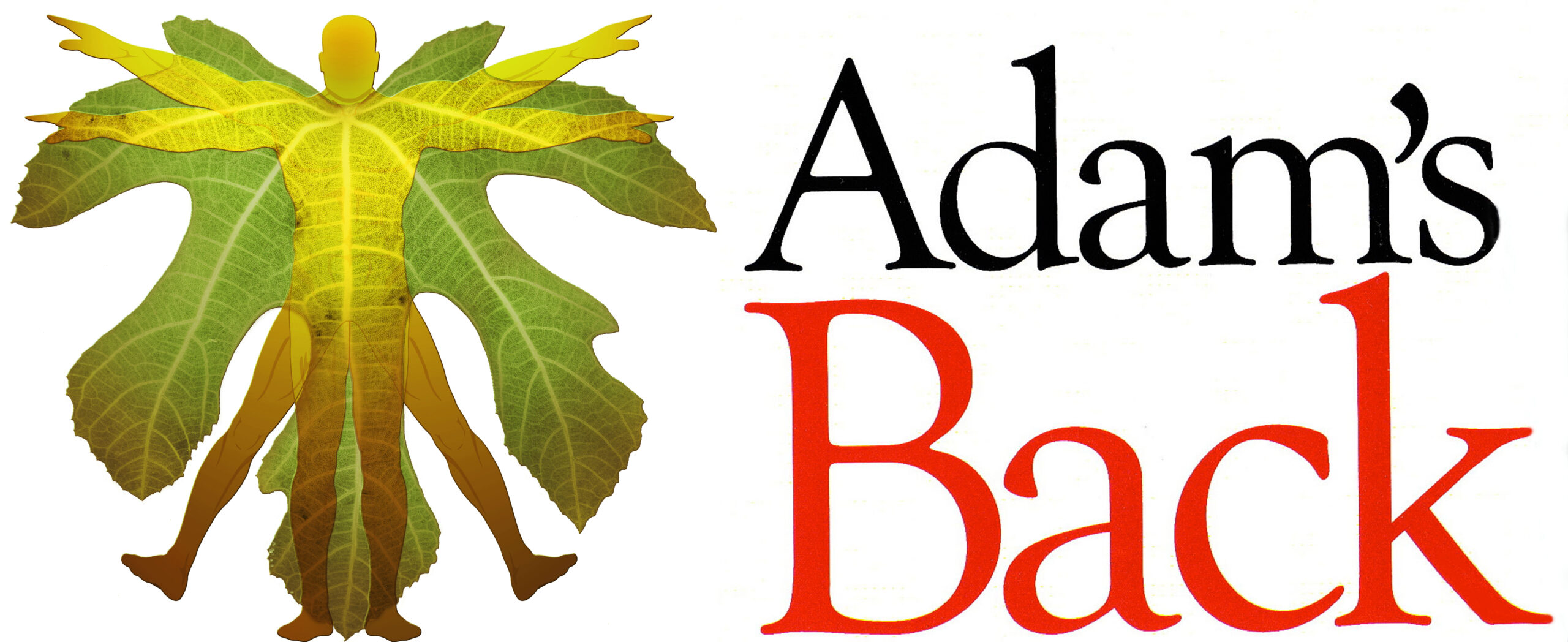
Is Your Back At Risk? Take This 60-Second Quiz
Why Your Lower Back Hurts — And What You Can Do About It
Lower back pain is one of the most common complaints people bring to their healthcare providers. But why is this area so vulnerable? The answer lies in its structure, function, and the demands we place on it every day.
Your lower back, or lumbar spine, is responsible for supporting your upper body, bearing weight while allowing movement. It connects your upper and lower body, making it essential for bending, twisting, and lifting. Because it endures constant stress, the risk of strain and injury increases.
The Hidden Architecture: Understanding Your Lower Back
Your lower back consists of five lumbar vertebrae, the sacrum, coccyx, and nearby pelvic bones, forming a stable yet flexible base. These bones are supported by muscles, ligaments, and fascia.
Nerve roots from the lumbar and sacral spine extend to your legs, hips, pelvis, and feet, allowing sensation and motion. Because spinal discs sit close to these nerves, disc injuries such as herniation can sometimes cause irritation or compression, leading to pain, numbness, or weakness. Sciatica is one example.
Why Your Back Is Crying Out For Help
Several factors can contribute to lower back problems, including:
• Poor posture and lack of regular movement can increase stress on spinal structures.
• Lifting heavy objects incorrectly can strain muscles and joints.
• Insufficient strength in the core and back reduces spinal support, increasing the risk of strain and injury.
• Sudden movements, falls, high-impact activities, and workplace strain can cause muscle or joint damage.
• Over time, natural wear and tear can cause spinal discs to lose hydration and elasticity, reducing their ability to cushion the spine.
8 Powerful Ways To Protect Your Lower Back
Many cases of lower back pain can be managed or prevented with these proven strategies:
• Build Your Body’s Natural Brace: Strengthen your core and back – exercises like planks and bridges help support your lower back.
• Master The Art Of Lifting: Use proper lifting techniques – squat down by bending your knees, keep your back straight, hold the object close to your body, and avoid twisting.
• Stand Tall, Sit Strong: Maintain good posture – keep your spine aligned whether sitting, sleeping, or standing.
• Keep Moving To Keep Healing: Stay active – low impact activities such as walking, swimming, Pilates and yoga can improve flexibility, core strength, and posture.
• Break The Sitting Cycle: Avoid prolonged sitting – move often and ensure your workstation is ergonomically friendly.
• Unlock Tight Muscles: Stretch regularly – gentle stretches for the lower back, hamstrings, and hip flexors improve flexibility.
• Live Back-Friendly: Improve lifestyle – excess weight, smoking, and chronic stress may also contribute to back pain by affecting circulation, muscle function, and inflammation.
• Respond To Warning Signs: Listen to your body – if you experience discomfort, address it early with movement, rest, or professional advice if needed.
Did you know that 80% of people will experience back pain at some point in their lives?
Don’t Wait Until Pain Controls Your Life
If you have lower back discomfort, we can assess your condition and explore options for a personalised management plan. Your lower back works hard every day — discover how to keep it strong and pain-free.
Is Your Back At Risk? Take This 60-Second Quiz
Sometimes we ignore warning signs until pain becomes severe. Take this quick self-assessment to determine if your back needs professional attention.
Answer Yes or No to each question:
- Do you experience back pain that lasts more than a few days at a time? □ Yes □ No
- Does your back pain ever radiate down one or both legs? □ Yes □ No
- Do you find yourself avoiding certain movements or activities because they might trigger back pain? □ Yes □ No
- Do you sit for more than 6 hours most days (at work, driving, or at home)? □ Yes □ No
- Have you noticed your back pain is gradually becoming more frequent or more intense over time? □ Yes □ No
What Your Answers Mean:
0-1 “Yes” answers: Your back appears to be in good health, but prevention is key! Continue with regular exercise, good posture, and protective lifting techniques.
2-3 “Yes” answers: Your back is showing early warning signs. This is the ideal time for a professional assessment to address issues before they become serious problems. Call Adam’s Back for a prevention-focused appointment.
4-5 “Yes” answers: Your back is at significant risk, and you would likely benefit from professional care soon. The good news is that most back problems respond well to proper treatment. Don’t delay—contact Adam’s Back today to begin your journey to a pain-free life.
Take Action Today!
Book your comprehensive back assessment at Adam’s Back now. Call 03-5986 5700 or visit our clinic at 881 Point Nepean Road in Rosebud. adamsback.com.au
*Education purposes only. Please consult your chiropractor for personal recommendations.


Comments are closed